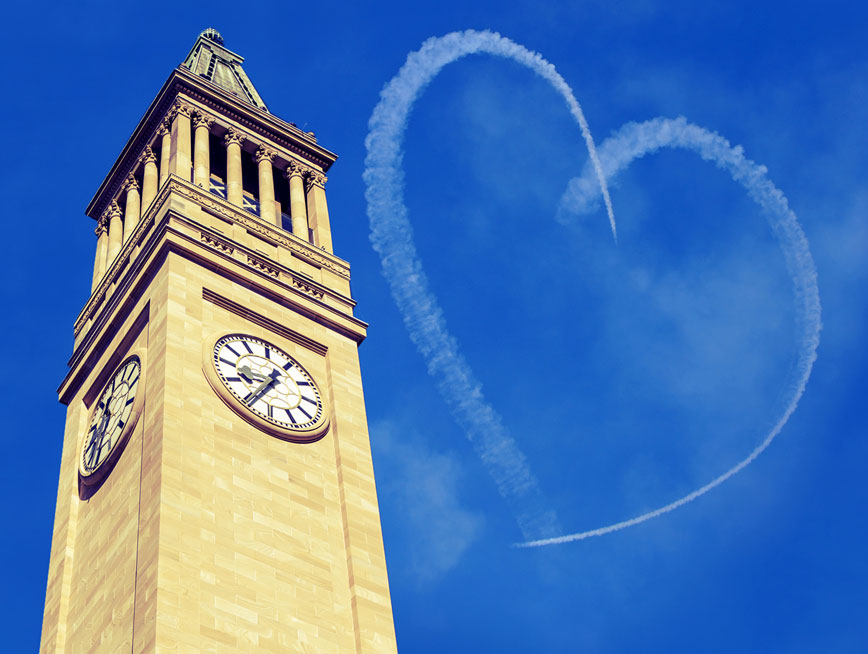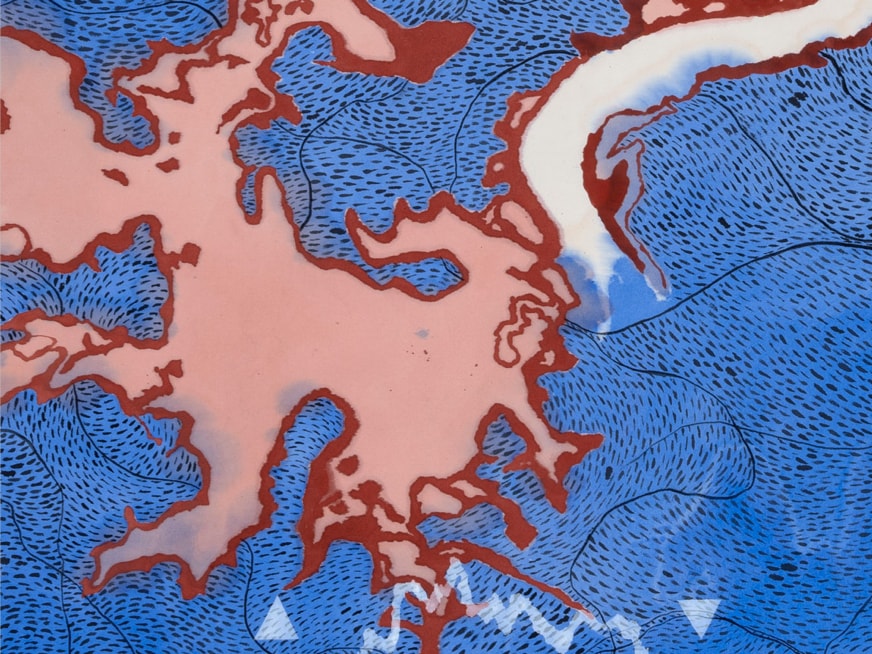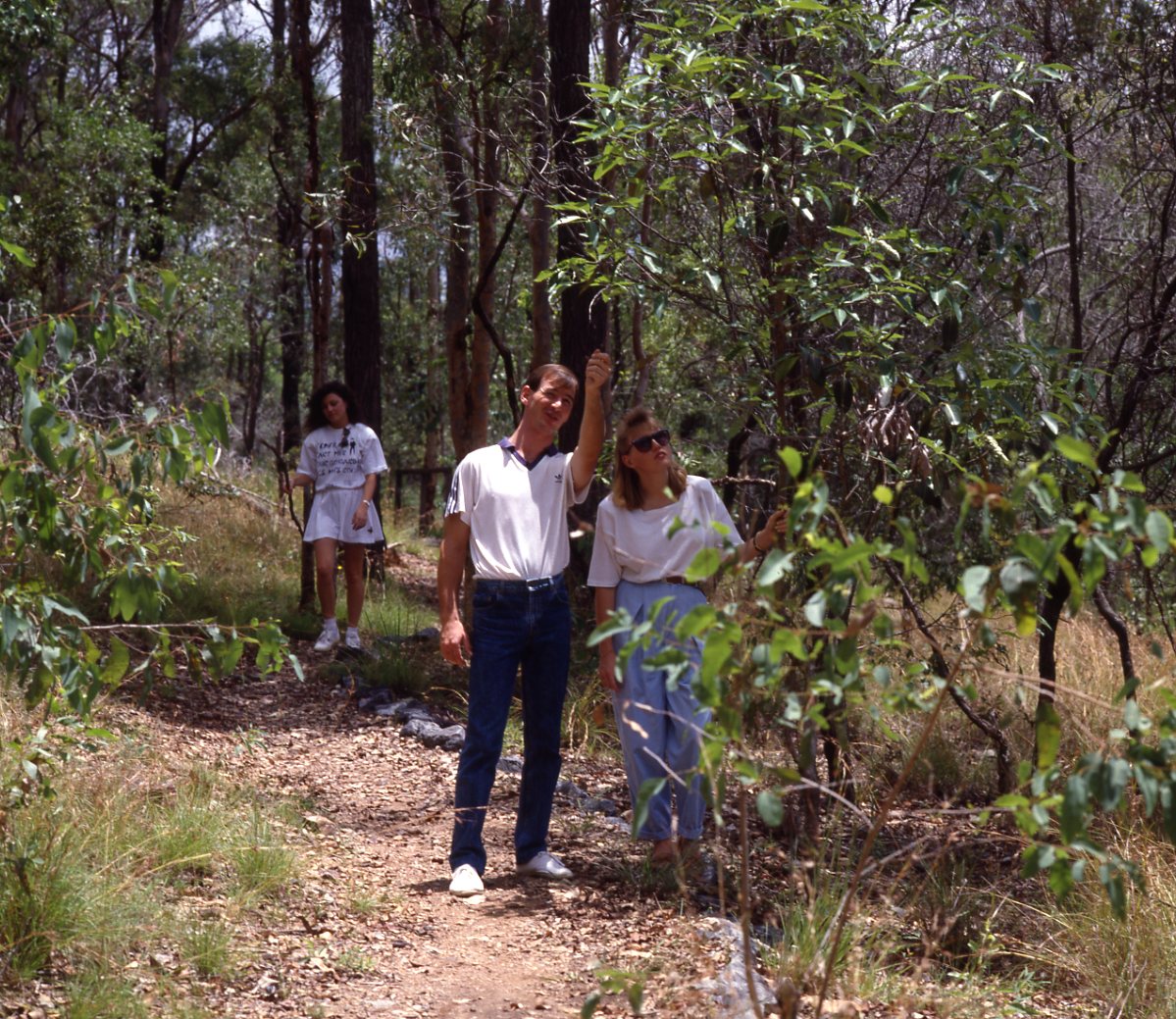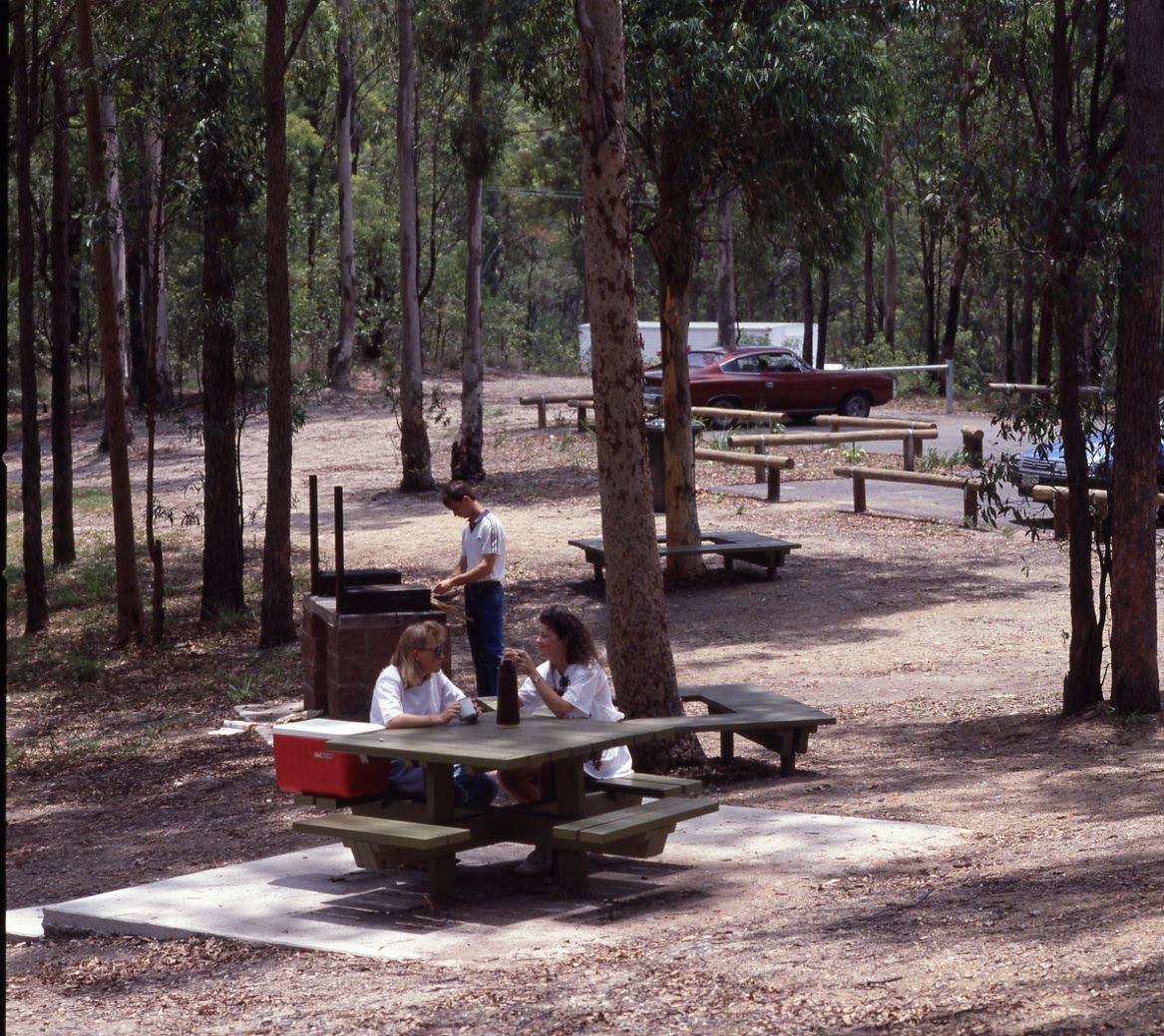Toohey Forest Park, located 10 kilometres south of Brisbane’s Central Business District, beckons visitors with the promise of barbecues, picnics, and meandering bushwalking tracks brimming with native flora and fauna.
Behind this natural oasis, though, is a story of an impecunious Irish Catholic family with an ambition to turn their rags to riches.
James Toohey, born to a poor family in Galway in 1827, left the seaside with his family for New Norfolk, Tasmania in 1832. Some years later, her husband having left to chase a shilling in New Zealand, James’s mother took her children to Sydney. At 21, James departed Sydney for California. There, during the gold rush, he prospered as a blacksmith.
After forging his fortune, James set his sights on the growing city of Brisbane. Here, his relative affluence and blacksmithing skills soon saw him rise through the ranks.
He opened a successful blacksmith shop on Ipswich Road, Kangaroo Point (now Main Street) and quickly took to buying land. He bought several house blocks in South Brisbane, plus most of the land that would later form a large portion of Greenslopes.
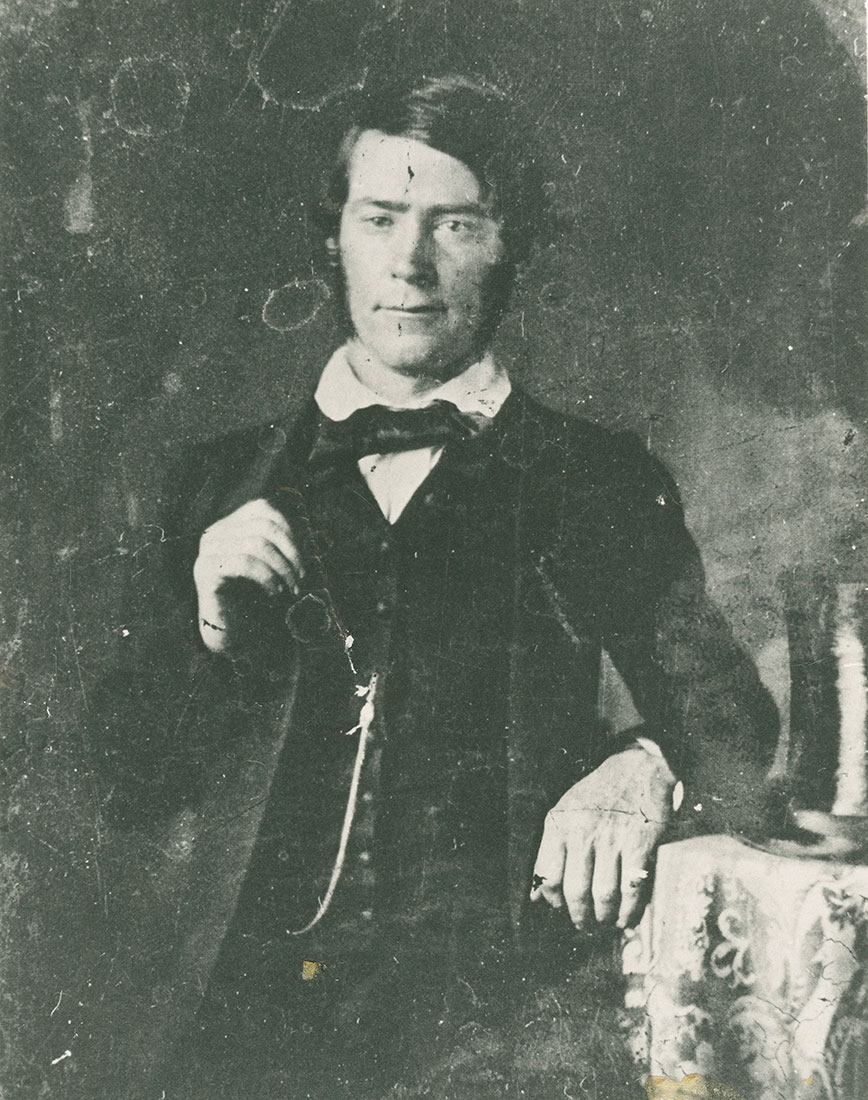
Following the creation of Queensland as a separate colony in 1859, land speculation ‘boomed’. Fired with the spirit of the day, James purchased approximately 100 hectares of land in Holland Park, Ekibin, and Greenslopes.
On 5 August, 1872, he acquired a further 455 hectares which now comprises QE 2 Stadium, Mount Gravatt Cemetery, Griffith University and most of Toohey Forest Park, as well as much of southern Tarragindi. Having become the largest landholder in Southern Brisbane at the time, he built a road to connect all his properties: Toohey Road.
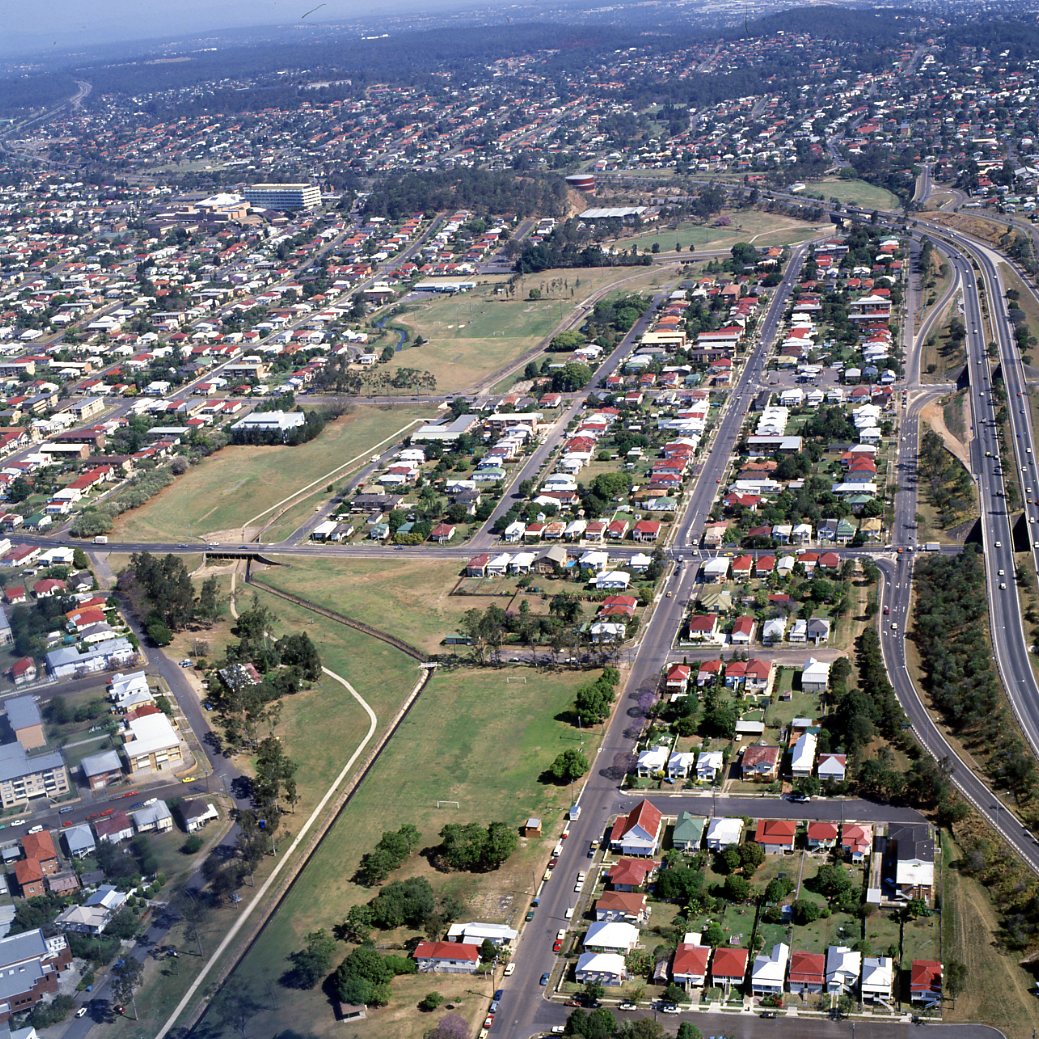

On November 2, 1883, James died of liver disease, leaving behind two sons, seven daughters and his widow Ann. First, he was buried at Dutton Park Cemetery, but his body was subsequently moved to Toohey Forest Park, and then Mount Gravatt Cemetery. Though he had spent years seeking to secure his family’s future, concocting his will to that effect, various factors including haphazard management, sectarian discrimination and the contrary ambitions of family members ate away at the Toohey Estate.
After much of James’s land had been sold off, in 1946 Brisbane City Council acquired the final block that now comprises Toohey Forest Park as part of their visionary plan to establish a green belt around the city of Brisbane.
For more than 75 years, Toohey Forest has offered a lush oasis to residents of Brisbane. Home to more than 400 species of native wildlife and plant species, it offers a vibrant space to connect with nature.

See art inspired by Toohey Forest by visiting Rearranged: Art of the Flower.
Visitor tip: Look out for Edith Rewa’s artworks to connect with the story of Toohey Forest.



